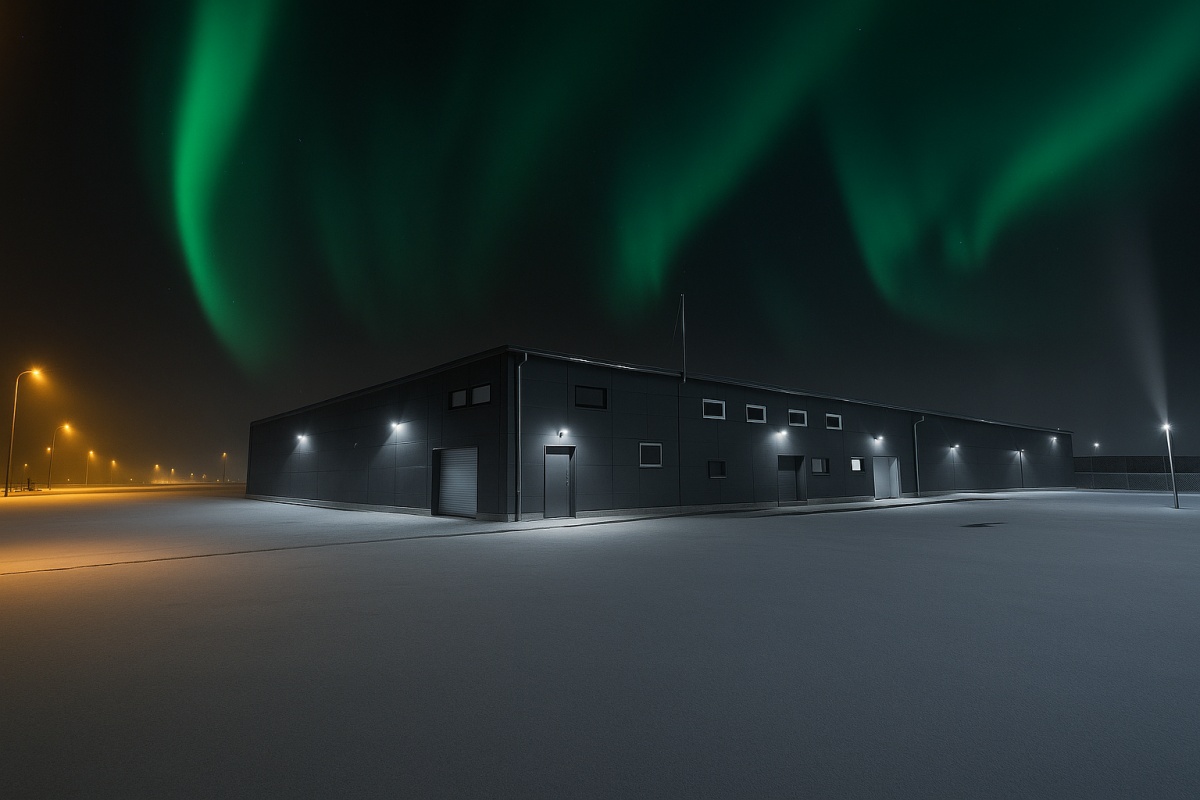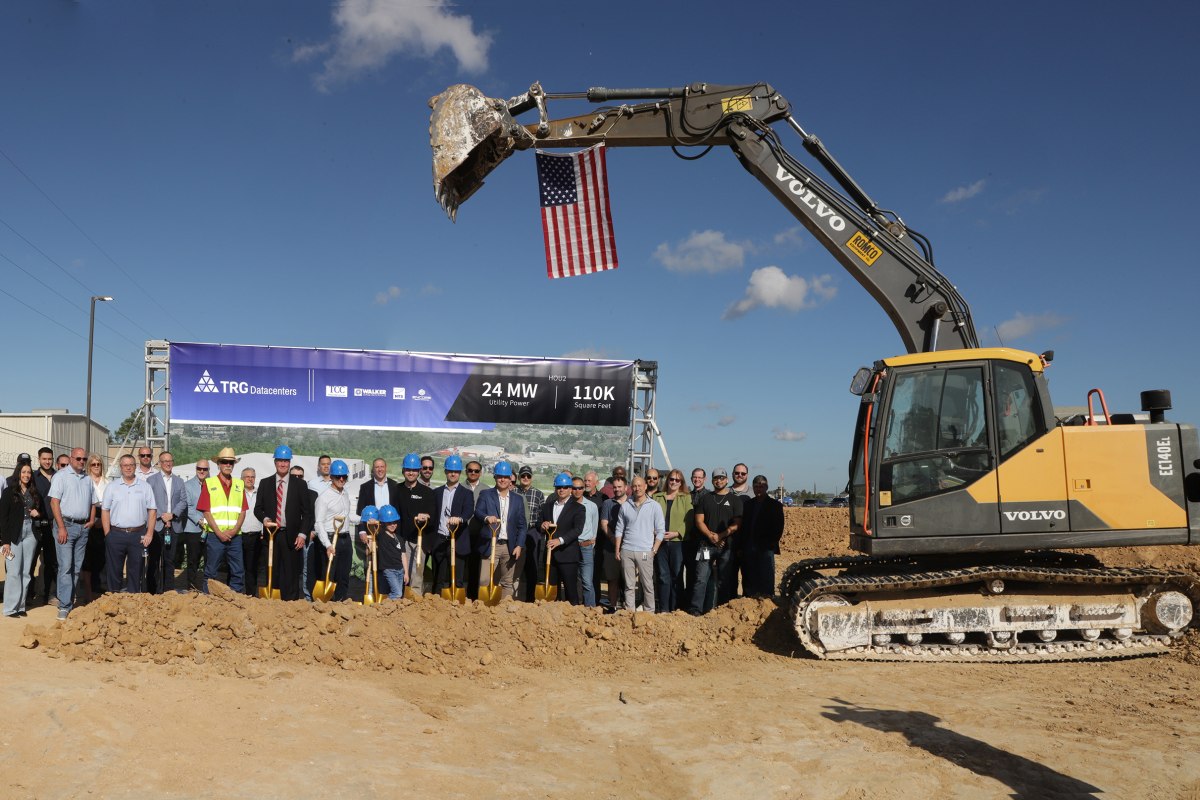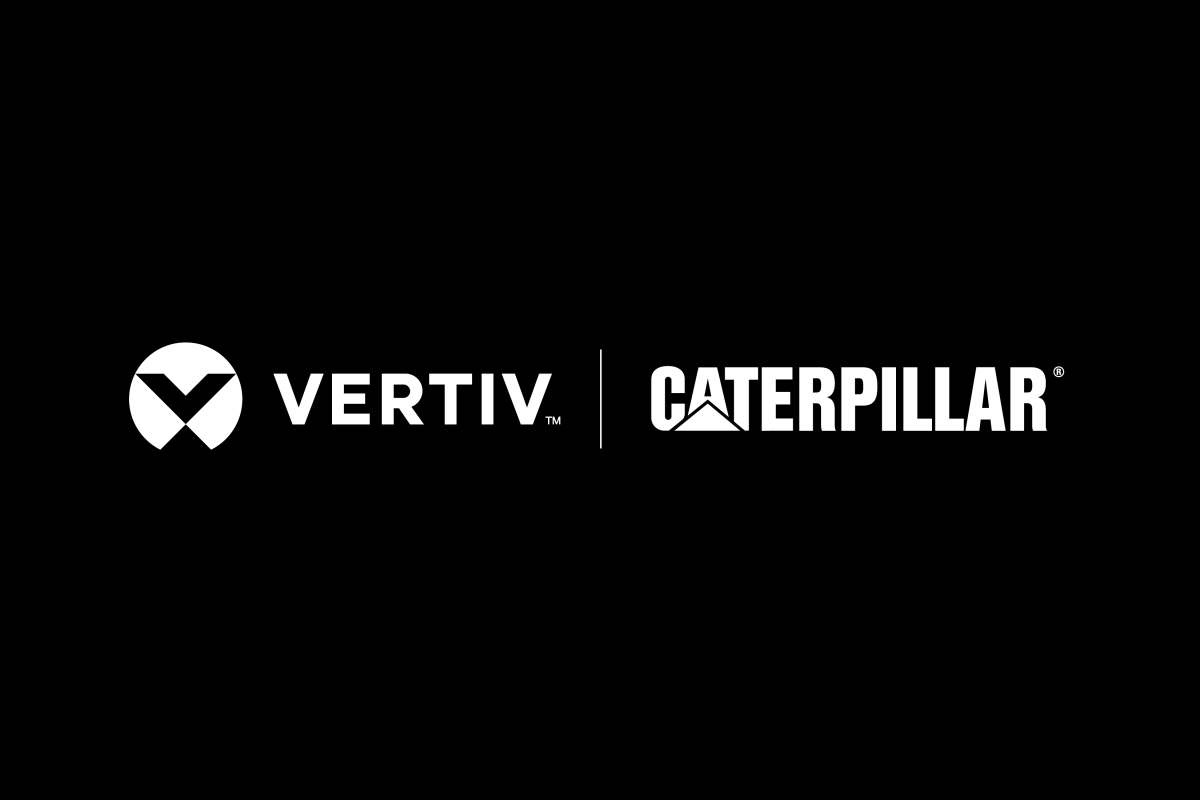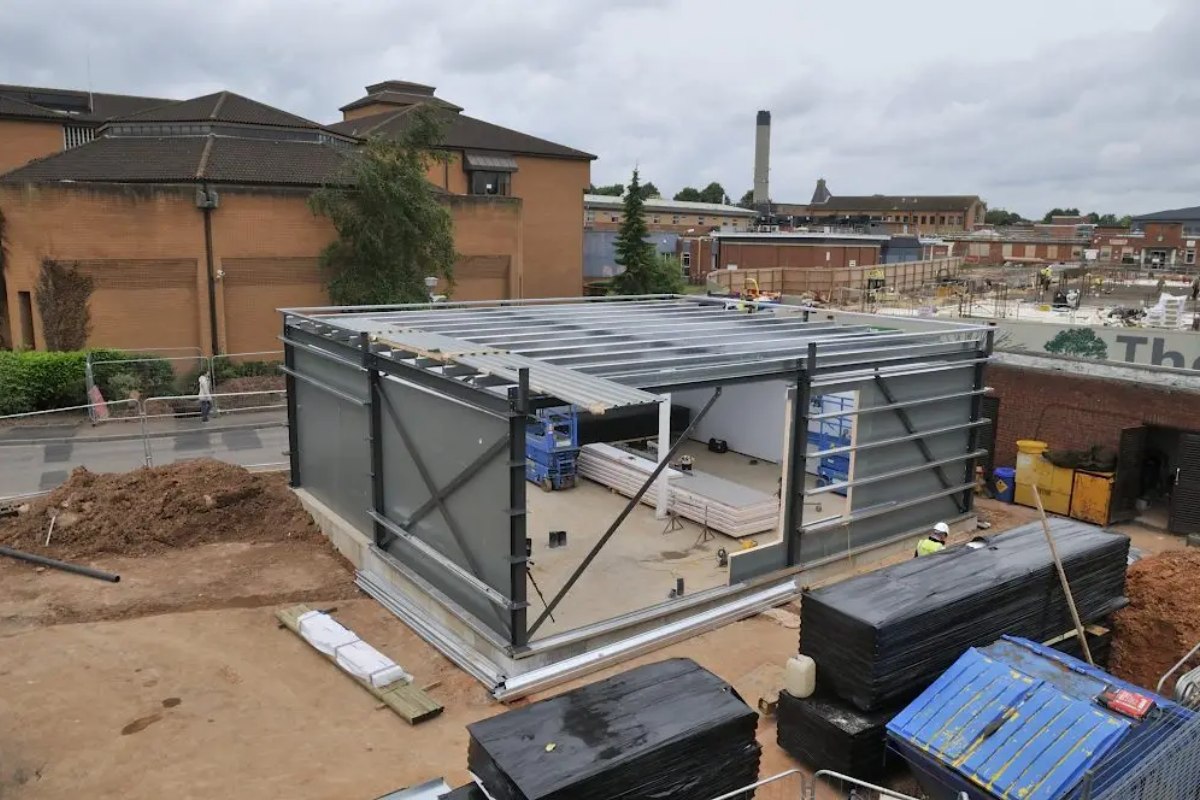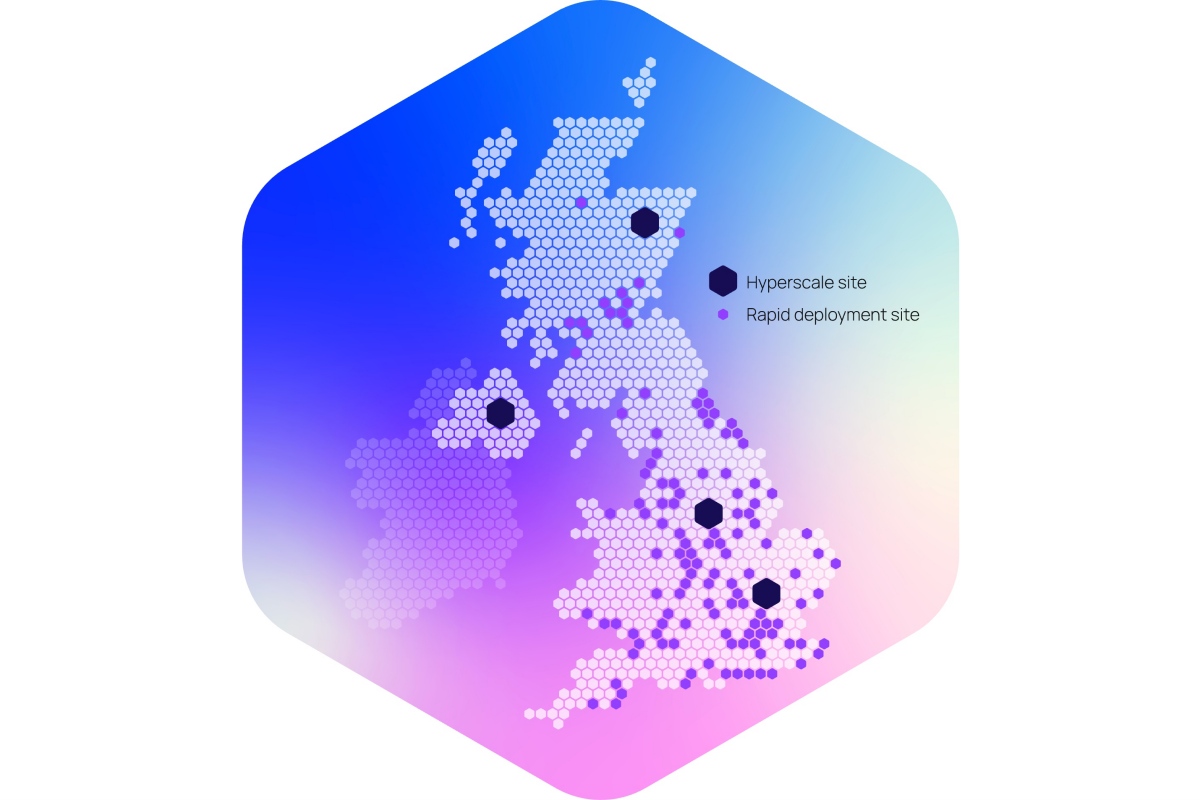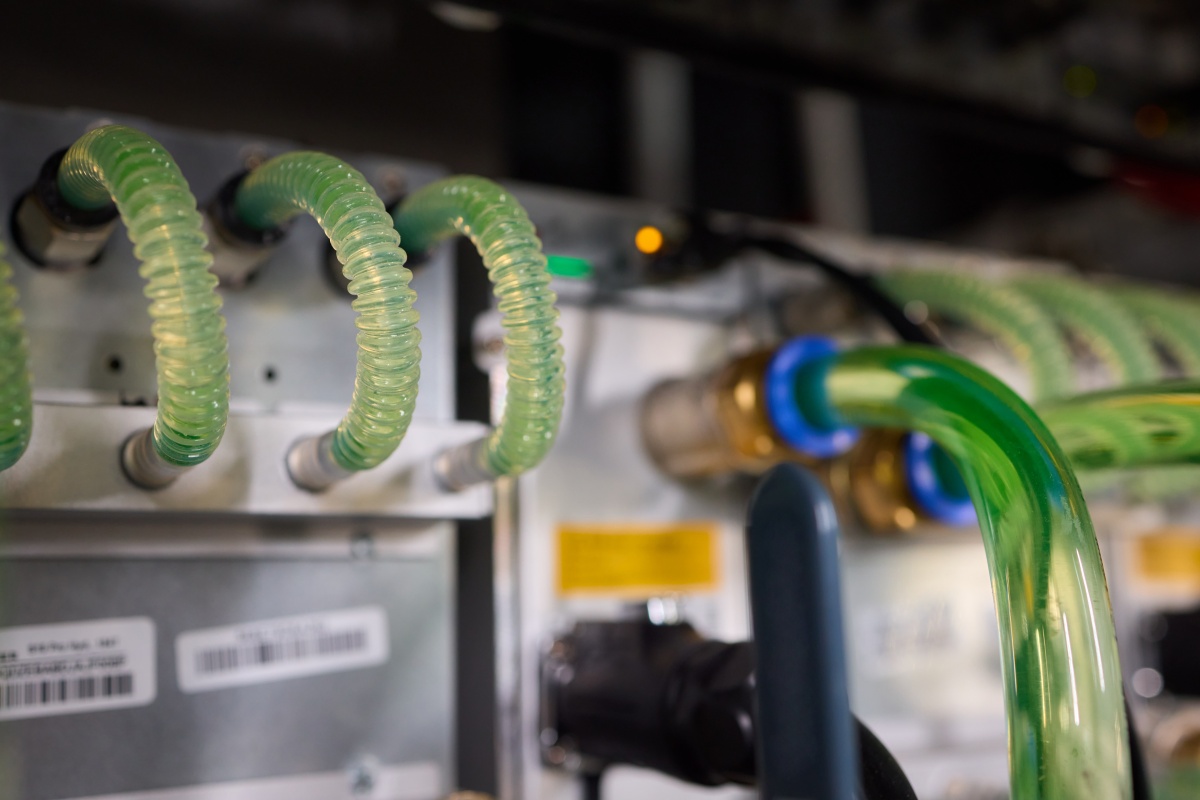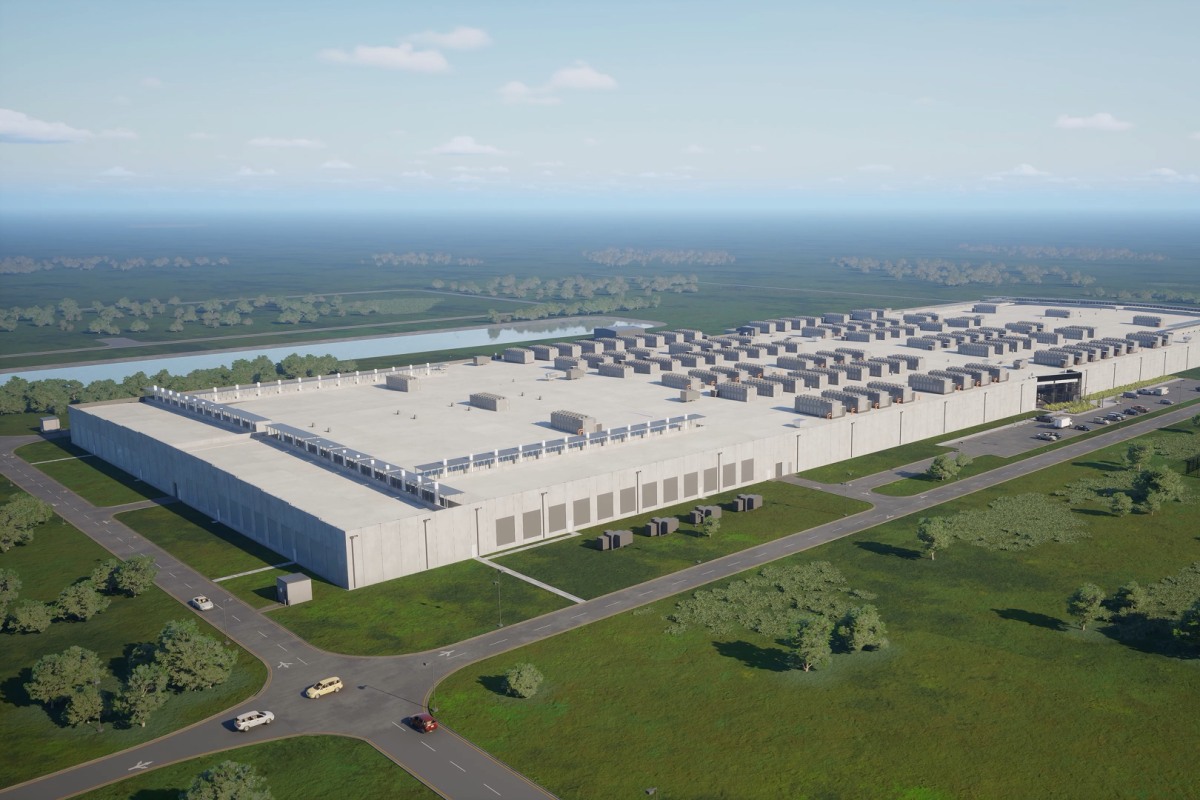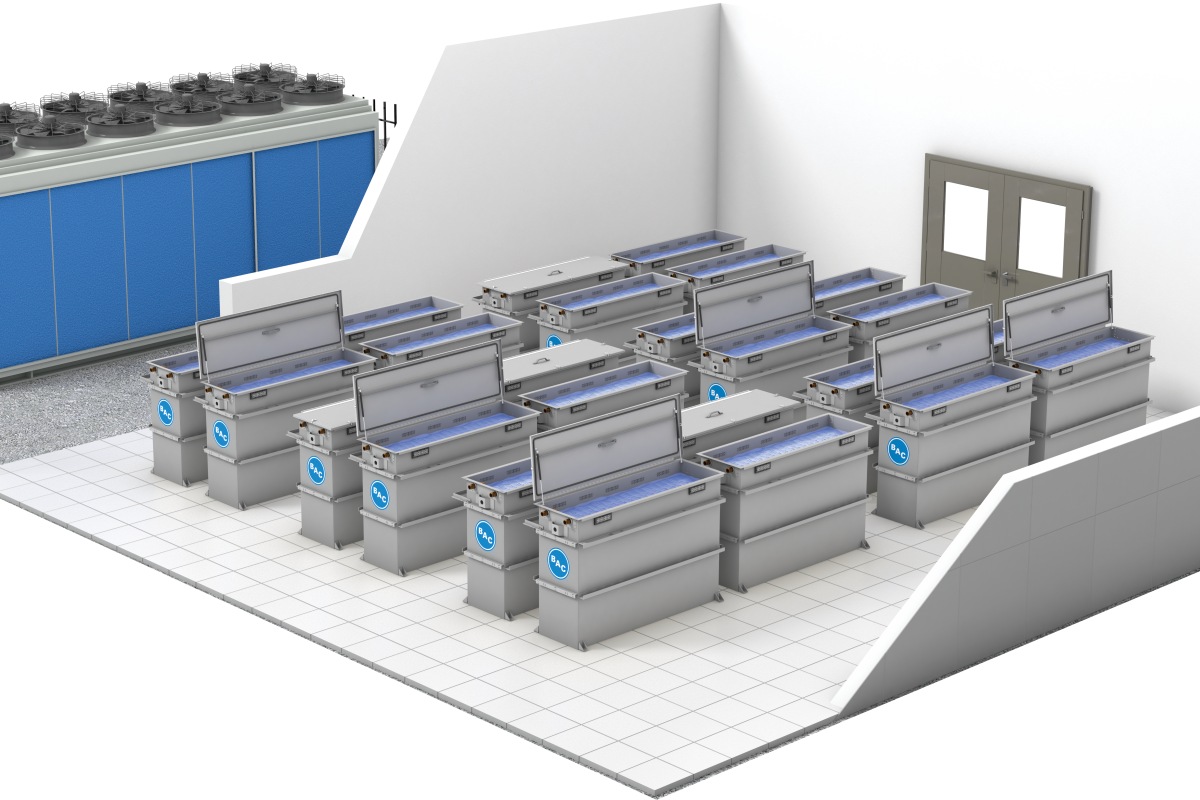21 November 2025
Terra Innovatum, Uvation agree micro-modular nuclear pilot
Terra Innovatum, Uvation agree micro-modular nuclear pilot
21 November 2025
CleanArc breaks ground on 900MW Virginia hyperscale campus
CleanArc breaks ground on 900MW Virginia hyperscale campus
20 November 2025
SPP Pumps brings fire and cooling experience to DCs
SPP Pumps brings fire and cooling experience to DCs
20 November 2025
XYZ Reality, Applied Digital partner on 400MW campus
XYZ Reality, Applied Digital partner on 400MW campus
Latest News
Data Centre Build News & Insights
Data Centre Projects: Infrastructure Builds, Innovations & Updates
News
Sustainable Infrastructure: Building Resilient, Low-Carbon Projects
Verne, Nscale planning 15MW AI deployment in the Nordics
Data Centre Build News & Insights
Data Centre Infrastructure News & Trends
Data Centre Projects: Infrastructure Builds, Innovations & Updates
Innovations in Data Center Power and Cooling Solutions
NorthC, Legrand upgrade Münchenstein (Basel) data centre
Data Centre Build News & Insights
Data Centre Projects: Infrastructure Builds, Innovations & Updates
News
TRG Datacenters breaks ground on 24 MW Houston DC
Data Centre Business News and Industry Trends
Data Centre Infrastructure News & Trends
Innovations in Data Center Power and Cooling Solutions
Insights into Data Centre Investment & Market Growth
Vertiv, Caterpillar to expand joint energy offerings for AI DCs
Data Centre Operations: Optimising Infrastructure for Performance and Reliability
Data Centre Security: Protecting Infrastructure from Physical and Cyber Threats
Essential Disaster Recovery News for Data Centres
Modular Data Centres in the UK: Scalable, Smart Infrastructure
Secure I.T. constructs modular DC for NHS Trust
Data Centre Build News & Insights
Data Centre Business News and Industry Trends
Data Centre Projects: Infrastructure Builds, Innovations & Updates
Insights into Data Centre Investment & Market Growth
Carbon3.ai to invest £1bn in UK’s AI infrastructure network
Data Centre Infrastructure News & Trends
Data Centre Security: Protecting Infrastructure from Physical and Cyber Threats
Enclosures, Cabinets & Racks for Data Centre Efficiency
Products
Security Risk Management for Data Centre Infrastructure
R&M introduces radio-based access control for racks
Data Centre Infrastructure News & Trends
Innovations in Data Center Power and Cooling Solutions
Liquid Cooling Technologies Driving Data Centre Efficiency
Why cooling design is critical to the cloud
Data Centre Infrastructure News & Trends
Innovations in Data Center Power and Cooling Solutions
News
ABB supplies power tech for Applied Digital's AI factory
Data Centre Infrastructure News & Trends
Innovations in Data Center Power and Cooling Solutions
Liquid Cooling Technologies Driving Data Centre Efficiency
Products
BAC releases upgraded immersion cooling tanks

